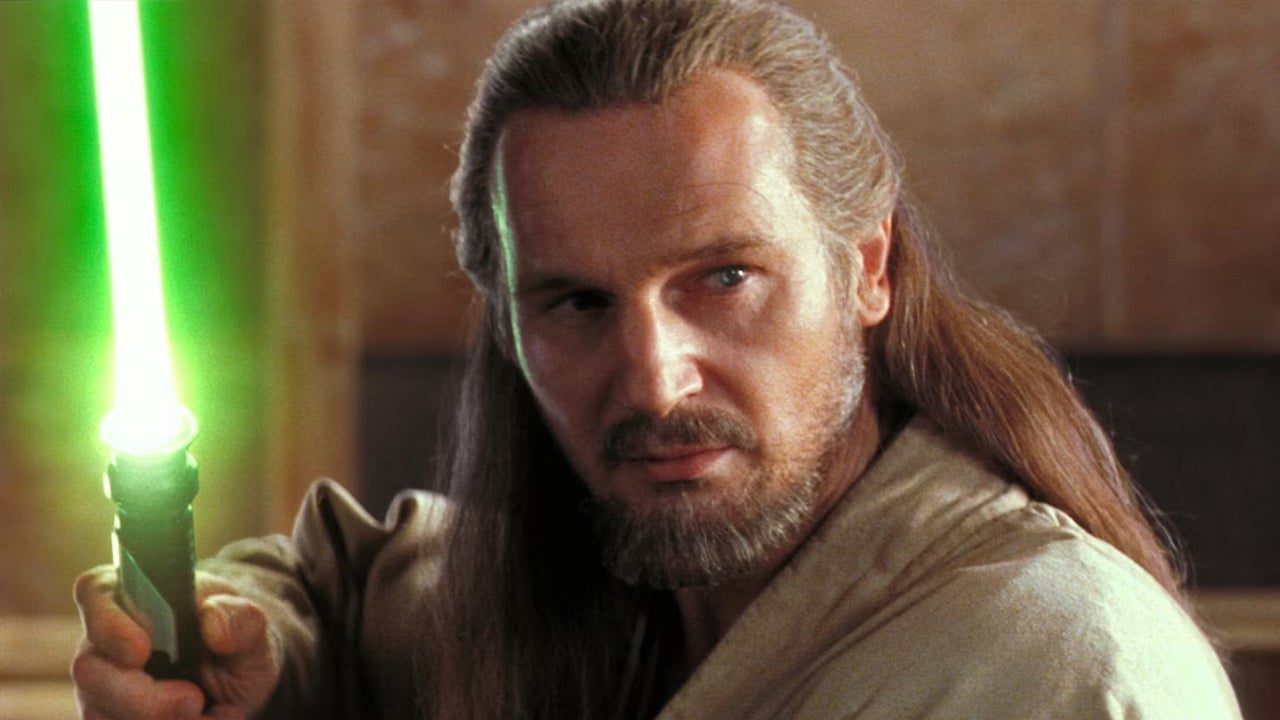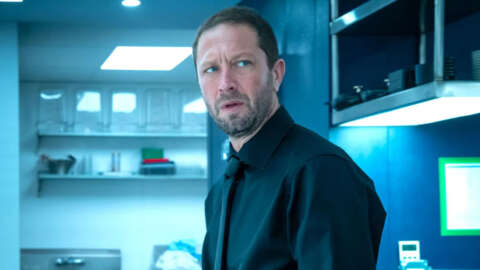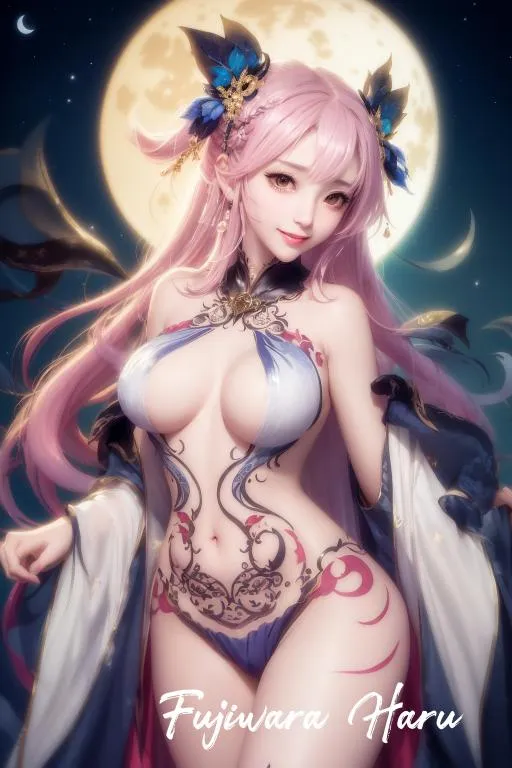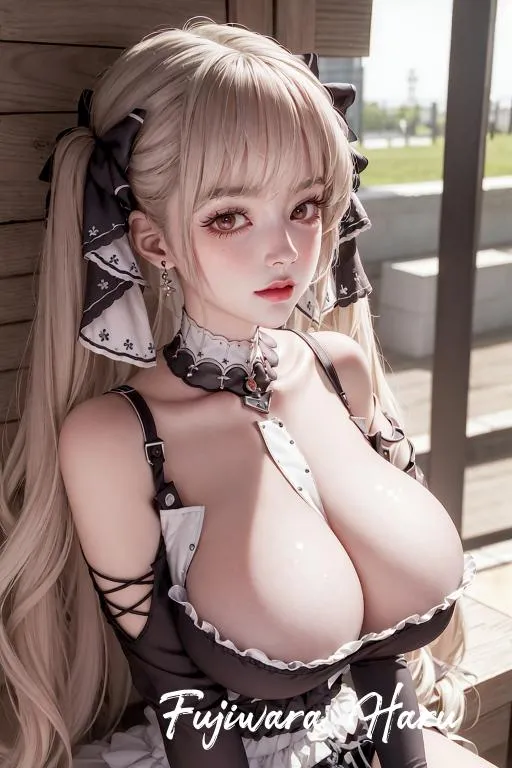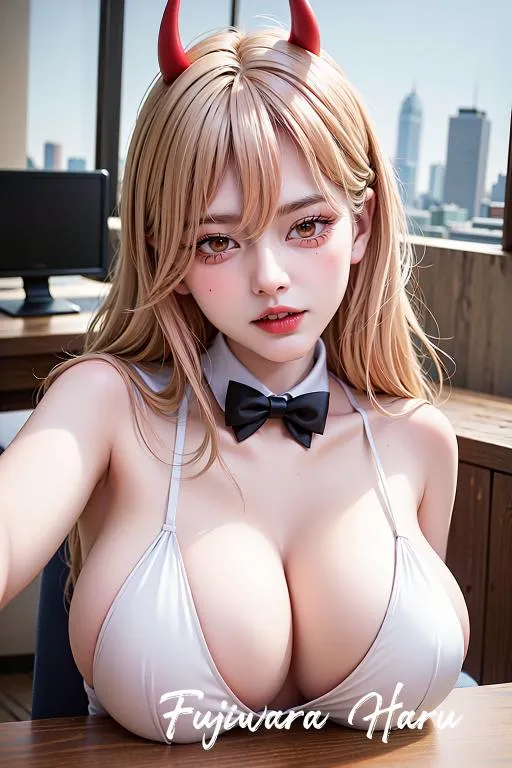A not so long time ago in a galaxy very close by, the idea of new entries in blockbuster franchises that were guaranteed to be the biggest movies of the year wasn’t actually a given. Extravagantly expensive, four-quadrant, IP-based entertainment may be the lay of the land today, but rolling the clock back even a quarter of a century shows a very different world for big-budget filmmaking. Believe it or not, science-fiction and superhero franchises weren’t all the rage, studio movies didn’t always cost obscene amounts, and the entirety of the Star Wars saga consisted of three theatrical films (and no, the Holiday Special and Ewok movies don’t count).
But all of that changed on May 19th, 1999, when George Lucas and 20th Century Fox released Star Wars: Episode I – The Phantom Menace. What was at the time merely a highly anticipated continuation of one of the most iconic film trilogies in Hollywood history has proven to have possibly been the landmark moment that distinguished how movies were made in the 20th century versus the 21st.
The Phantom Menace preceded and informed pretty much every blockbuster trend that took hold over the past two decades and change, from a focus on serialized storytelling with deep lore and mythology to the science-fiction, superhero and cinematic universe boom ascending to the top of the box office, from heavy VFX integration with an aim to transport audiences to wholly new worlds and even to negative instances like backlash from fandoms, perceived problems having an impact on future installments, and a predisposition towards nostalgia when bringing back fan-favorite franchises.
How did this happen? Let’s take a look.
The Serialization Saga
For an entire generation of younger filmgoers, knowing the summer months will be dominated by new installments in long-running franchises that build elaborate sagas out of their favorite fictional worlds has been the status quo for as long as they’ve been alive. But this was not the world in which The Phantom Menace was released, where it was actually something of an anomaly. Not that franchises with many installments were unheard of (there were five Planet of the Apes films, nine Star Trek movies, 20 James Bond films, and 23 Godzilla movies by the time Episode I was released), but more so that serialized storytelling, where franchise films acted less as standalone entries but more as chapters of an overarching narrative, was rare in mainstream film at the end of the 20th century.
Part of that was related to technology; before the rise of the home video market and the internet, tracking down every entry of a franchise could be difficult, so it was more prudent to not bank on the audience having seen all of the previous installments. But in the lead-up to the 2000s, it became easier than ever to learn about and access older films, creating a golden opportunity for studios and filmmakers who had dreamed of crafting operatic cinematic storytelling on a grand scale to finally realize their ambitions. Expecting general audiences to be capable of keeping up not just with multi-film continuity but also more complex lore and in-universe mythology was now a viable approach. In the same way that George Lucas helped codify the mold for summer blockbusters with the original Star Wars film in 1977, so too did he capitalize on the shifts in technology and its effects on the widespread social reorganization of how we consume stories near the turn of the millennium with The Phantom Menace in 1999.
Those shifts would be so drastic that by 2001, standalone franchise sequels like Jurassic Park III would wither and die at the box office as relics of a bygone era, while new (to live-action cinema, anyway) franchises like Lord of the Rings, Harry Potter, and Pirates of the Caribbean would follow the Star Wars formula to wild success. Said formula was to adopt a serialized operatic style, and to not just conceive of but also market movies as chapters of a bigger story. It was a style that filmgoers embraced to the tune of billions of dollars, and helped cement international distribution, where movies connected not just with North Americans but also a global audience. It became, in time, a baked-in expectation for Hollywood blockbusters. When The Phantom Menace was marketed with the tagline “Every saga has a beginning,” it was not just a promise of more Star Wars movies to come, but also that the era of serialized film franchises was here to stay.
For most films, altering the primary style of blockbuster storytelling would be more than enough cultural impact. But for The Phantom Menace, it truly was only the beginning.
I Need a (Jedi) Hero
Episode I didn’t just affect the style of blockbuster movies, but also the types of movies that even got made in the first place. After a decade marked by an avalanche of legal thrillers, romantic comedies, and high-concept action movies, Phantom Menace marked a notable shift towards sci-fi and related genre franchises becoming the biggest piece of the blockbuster pie. Not that big budget science-fiction wasn’t already part of the cultural landscape in the ‘90s between movies like Jurassic Park, Independence Day, Men in Black, and Starship Troopers, but it was more that the colorful space opera conventions that Phantom Menace reintroduced to the mainstream anticipated the reinvention of the superhero genre that was about to take place. Superhero fiction, after all, often straddles the line of the sci-fi genre anyway, especially in the Marvel Universe where most of the characters have an origin story based in some kind of pop-science phenomenon. It may not have been obvious at the time, but The Phantom Menace laid some of the groundwork for the superhero boom of the early 2000s.
Consider: Whereas in the Original Trilogy lightsaber duels and Force powers were kept relatively grounded because of the technological limits of the era, the Prequel Trilogy reinvented the entire visual language of the Jedi by turning saber duels into maximalist spectacles. Between elaborate fight choreography and liberal use of Force powers with thej Jedi flipping around and practically flying across the screen, Episode I (along with some help from The Matrix the same year and the surprise breakout success of Crouching Tiger, Hidden Dragon at the American box office in 2000) made action scenes built around individuals with seemingly supernatural abilities instead of the gunplay popular with mainstream filmgoers. This would be critical to the success of Sam Raimi’s Spider-Man in 2002, which was the genesis of vibrantly colored and “true to the source” comic book films that led to the rise of the Marvel Cinematic Universe, as opposed to the ‘90s action movie aesthetic that Blade or the first X-Men adhered to.
In similar fashion, the cinematic universe boom also finds some of its roots traceable to The Phantom Menace. While Episode I was the fourth mainline Star Wars film, the “prequel era” was a wholly new take on the iconography of the Star Wars universe, to the point that it essentially functioned as a separate franchise within a franchise. Wide swaths of Expanded Universe material like cartoons, novels and video games built out new plot threads and explored new characters that were exclusive to this era. This tendency eventually spawned the Clone Wars animated show, which was yet another extension of the visual motifs and story concepts that Phantom Menace pioneered. Making a TV spin-off not just canonical but borderline essential viewing to grasp the full scope of the wider Star Wars mythology predates the cross-continuity and cross-medium pollination that the MCU and other major franchises would use as their default strategy.
Yet all this expansion of the Star Wars universe was only possible because of the technological leaps Lucas used to portray that universe, and those leaps would change not just what was possible for Star Wars, but for all movies going forward.
Spectacle Technicians
From its formation in 1975 to develop the special effects for the original Star Wars film, Industrial Light & Magic has remained one of the vanguards of VFX artistry. Although they are most commonly associated with Lucasfilm projects, the company has a long history of working on many of the most prominent films people remember when they think of achievements in visual effects. This trend continued with The Phantom Menace, which was a watershed moment for the industry because it showed what was possible on a blockbuster production with VFX integration on a scale that had never really been seen before. Before 1999, VFX work on Hollywood films often involved incorporating digital characters or creatures into a world that resembled our own. With Phantom Menace, Lucas used his Oscar-winning VFX teams to instead create entirely new worlds from scratch.
In the Original Trilogy, the technological limits of the time made it so alien worlds had to be presented with biomes that could be reflected by real-world locations: the desert planet, the snow planet, the forest planet. But in 1999, the progress of digital effects technology allowed Lucas to realize his vision of locations unlike anything that had been portrayed in the series before. From the Greco-Roman-inspired majesty of Naboo’s capital city of Theed, the underwater Gungan city of Otoh Gunga, or the worldwide metropolis of Coruscant, the Star Wars universe was now bigger and more immersive than ever. Even Tatooine, which was seen in both A New Hope and Return of the Jedi, was given a grander scale than previous films. The technical spectacle involved in the design of Episode I’s sets, creatures, droids, vehicles and battle scenes was made possible by ILM taking on an at-the-time unprecedented workload of 1,950 VFX shots.
In a 1999 interview with TIME magazine, John Knoll, one of the film’s VFX supervisors, talked about how Episode I differed from other big movies at the time, saying “a typical summer movie has maybe 2,000 shots, with, say, 250 effects shots. Titanic had about 500. This one is backward. Of the 2,200 shots, only about 250 shots are not effects shots.” Beyond the sheer number of VFX shots, Episode I also popularized pre-visualization on effects-heavy sequences, as well as digital character replacement with Jar Jar Binks, a precursor to the motion-capture work done on Gollum in Lord of the Rings and Davy Jones in Pirates of the Caribbean. All of the ways the film incorporates VFX would become common techniques on blockbusters in the years to come, and it’s probably safe to say that without the advances in digital technology made prominent by Episode I, we wouldn’t have the likes of Pandora in James Cameron’s Avatar films or Arrakis in Denis Villeneuve’s Dune.
However, not all of Episode I’s influence on the world of filmmaking was constructive. It also contributed to the rise of some rather negative trends, a few in particular that would be as damaging as a Death Star.
The Dark Side of the Force
It’s no secret that The Phantom Menace had a controversial reception. The movie has its defenders, many of whom saw it as children, but it also suffered mixed reviews and severe backlash from older fans who felt it didn’t live up to their expectations. Some of the criticism is undoubtedly warranted, especially in regards to lopsided pacing, characters like Watto or the Neimoidians being racist caricatures, and how aspects of the story’s lore don’t quite line up with previous films, such as C-3PO and R2-D2 having connections to Anakin and Obi-Wan that don’t really make sense with prior continuity. But there’s no arguing that the backlash went too far into toxic territory, particularly as it concerns Jar Jar Binks and the young Anakin Skywalker.
Ahmed Best and Jake Lloyd both suffered severe personal and career setbacks because of the intense vitriol they received for their performances, with Lloyd quitting the business entirely shortly after the film’s release, and Best admitting that he considered suicide because of how much hatred Jar Jar received. Although Best has been welcomed back into the Star Wars world as Kelleran Beq in the third season of The Mandalorian, the way he was treated in the aftermath of Episode I will forever be a black mark on Star Wars fandom. What makes this worse is that vicious hate campaigns against blockbusters and genre franchises would only get worse from then on, fueled by the rise of the internet and massive geek properties becoming mainstream in popular cinema. That’s not to say Phantom Menace invented toxic fandom, but it did set the parameters for how fandoms would attack whatever they considered a problem in the 21st century.
Overcorrecting in sequels in response to perceived mistakes would also become popular in the wake of Episode I. Jar Jar had his role substantially reduced in Episodes II and III, and complaints about the “kiddiness” of the first film led to some odd tonal choices in the subsequent entries (think of Anakin slaughtering the Tusken Raiders in Episode II) to come across as more “mature” that never quite gel. This tendency would spill into other franchises, with studios and filmmakers becoming more reactive to online criticisms and trying to find ways to avoid having their movies eviscerated by fan Subreddits or YouTube channels. Consider the DC Extended Universe, which found itself on a merry-go-round of course reversals that helped put that series out to pasture, or the MonsterVerse capitulating to complaints about the lack of kaiju screen time in the 2014 Godzilla reboot to the point of overdosing on weightless monster action in subsequent entries. Even Star Wars got back in on this trend with the Sequel Trilogy by doing seemingly everything they could to avoid calling back to the fan-maligned prequels.
And although it’s not entirely fair to place all the blame for this on Episode I’s shoulders, the movie also informed the trend of legacy sequels and nostalgic franchise revivals that has become one of the most misguided creative impulses in 21st century entertainment. Episode I’s massive box-office success proved that bringing back older properties in an attempt to tap into cross-generational appeal could be big business, and while in a vacuum there’s nothing wrong with that, Hollywood studios became too obsessed with established IP in the decades that followed. It’s now harder than ever to get original ideas funded by the major studios, because they’d much rather have more Star Wars instead of being open to a fresh filmmaker bringing them the next Star Wars.
The Phantom Menace will always be vital to film history. Regardless of how anyone feels about its quality, it was an incredibly idiosyncratic work from a genuine auteur who sought to do things never before seen in blockbuster cinema. Even if they don’t hit every mark, we need films like The Phantom Menace, movies with visionary directors that try to push the boundaries of what’s possible within the medium. Its influence, both positive and negative, was far wider than the filmmakers likely ever intended, but without it, the world of moviemaking would look profoundly different today. And it’s a testament to the film’s staying power that we can still see its impact on the modern film industry 25 years later.
Carlos Morales writes novels, articles and Mass Effect essays. You can follow his fixations on Twitter.
